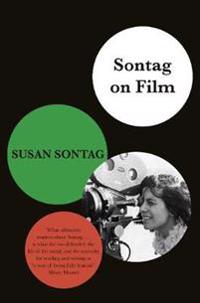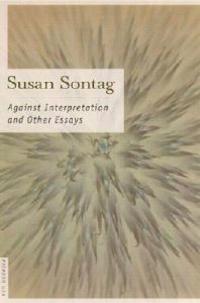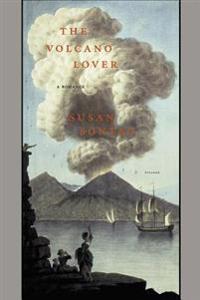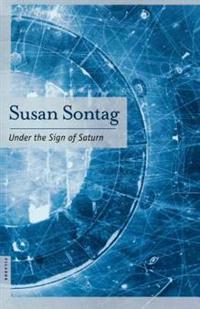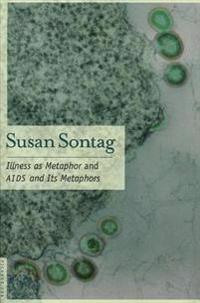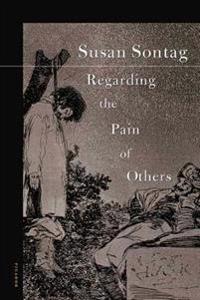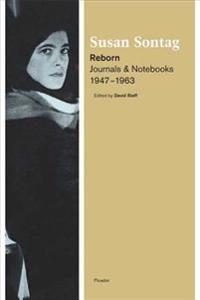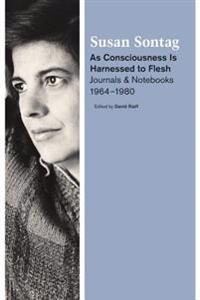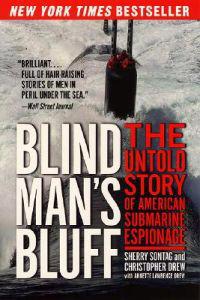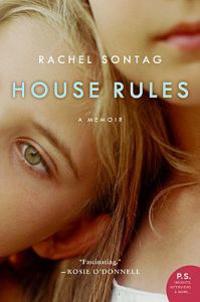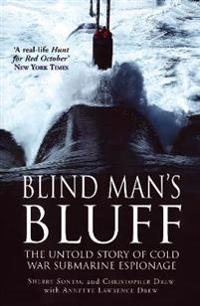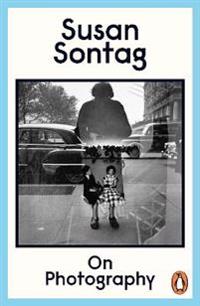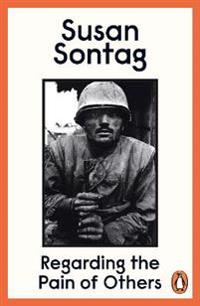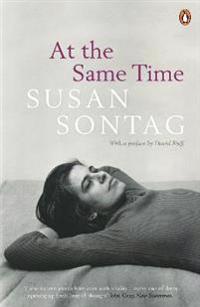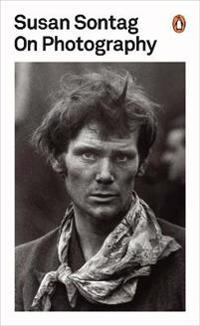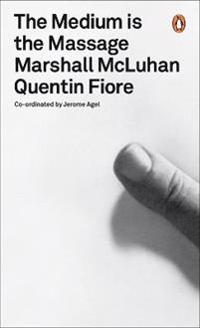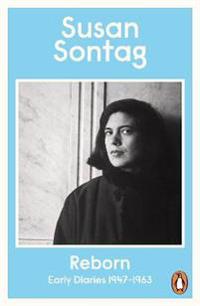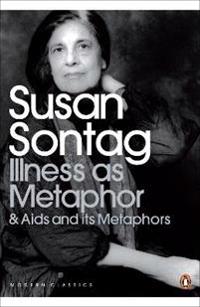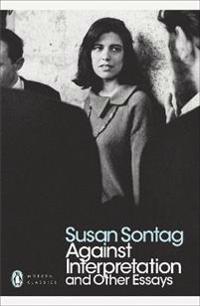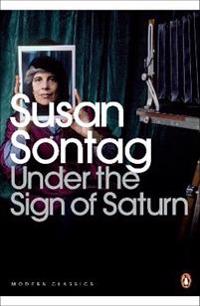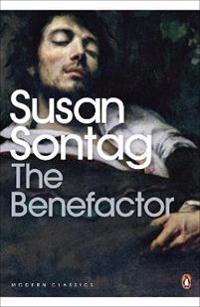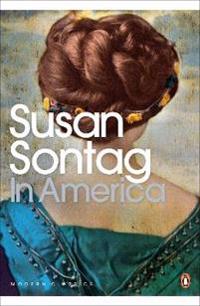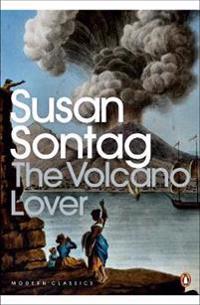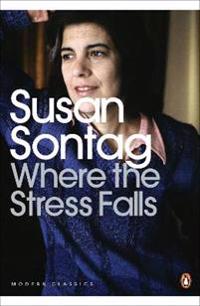Sontag on Film (Häftad)
avSusan Sontag
ISBN: 9780241145197 - UTGIVEN: 2014-03Widely regarded as one of America's most important contemporary thinkers, Susan Sontag had a particular gift for reflecting on the meaning and influence of the visual, and "On Photography" became a seminal work for all those concerned with the interplay of images with the world. Now, more than thirt[...]
Against Interpretation: And Other Essays (Häftad)
avSusan Sontag, Sontag
ISBN: 9780312280864 - UTGIVEN: 200108First published in 1966, this celebrated book--Sontag's first collection of essays--quickly became a modern classic, and has had an enormous influence in America and abroad on thinking about the arts and contemporary culture. As well as the title essay and the famous "Notes on Camp," "Against Interp[...]
The Volcano Lover: A Romance (Häftad)
avSusan Sontag, Sontag
ISBN: 9780312420079 - UTGIVEN: 2004-08Set in 18th century Naples, based on the lives of Sir William Hamilton, his celebrated wife Emma, and Lord Nelson, and peopled with many of the great figures of the day, this unconventional, bestselling historical romance from the National Book Award-winning author of "In America touches on themes o[...]
Under the Sign of Saturn: Essays (Häftad)
avSusan Sontag, Sontag
ISBN: 9780312420086 - UTGIVEN: 200211A third selection of Sontag's most important critical writings comment on the relation between moral and aesthetic ideas, discussing the works of Antonin Artaud, Leni Riefenstahl, Elias Canetti, Walter Benjamin, and others. Reprint.[...]
Illness as Metaphor and AIDS and Its Metaphors (Häftad)
avSusan Sontag, Sontag
ISBN: 9780312420130 - UTGIVEN: 200108In 1978 Susan Sontag wrote "Illness as Metaphor," a classic work described by "Newsweek" as "one of the most liberating books of its time." A cancer patient herself when she was writing the book, Sontag shows how the metaphors and myths surrounding certain illnesses, especially cancer, add greatly t[...]
Regarding the Pain of Others (Häftad)
avSusan Sontag, Sontag
ISBN: 9780312422196 - UTGIVEN: 200402Twenty-five years after her classic "On Photography, Susan Sontag returns to the subject of visual representations of war and violence in our culture today.
How does the spectacle of the sufferings of others (via television or newsprint) affect us? Are viewers inured--or incited--to violence by [...]Reborn: Journals & Notebooks, 1947--1963 (Häftad)
avSusan Sontag, Sontag, Rieff
ISBN: 9780312428501 - UTGIVEN: 200910As Consciousness Is Harnessed to Flesh: Journals and Notebooks, 1964-1980 (Inbunden)
avSusan Sontag, Sontag, David Rieff
ISBN: 9780374100766 - UTGIVEN: 201204This, the second of three volumes of Susan Sontag's journals and notebooks, begins where the first volume left off, in the middle of the 1960s. It traces and documents Sontag's evolution from fledgling participant in the artistic and intellectual world of New York City to world-renowned critic and d[...]
Blind Man's Bluff: The Untold Story of American Submarine Espionage (Häftad)
avSherry Sontag
ISBN: 9780060977719 - UTGIVEN: 200010For decades American submarines have roamed the depths in a dangerous battle for information and advantage in missions known only to a select few. Now, after six years of research, those missions are told in Blind Man's Bluff, a magnificent achievement in investigative reporting. It reads like a spy[...]
House Rules: A Memoir (Häftad)
avRachel Sontag
ISBN: 9780061341236 - UTGIVEN: 2009-03A memoir of a father obsessed with control and the daughter who fights his suffocating grasp, House Rules explores the complexities of their compelling and destructive relationship as Rachel fights to escape, and, later, to make sense of what remains of her family.[...]
Blind Man's Bluff (Storpocket)
avSherry Sontag, Christopher Drew
ISBN: 9780099409984 - UTGIVEN: 200008Veteran investigative journalist Sherry Sontag and award-winning New York Times reporter Christopher Drew finally reveal the exciting, epic story of adventure, ingenuity, courage and disaster beneath the sea. Blind Man's Bluff shows for the first time how the American Navy sent submarines wired wit[...]
On Photography (Storpocket)
avSusan Sontag
ISBN: 9780140053975 - UTGIVEN: 197909First published in 1973, this is a study of the force of photographic images which are continually inserted between experience and reality. Sontag develops further the concept of 'transparency'. When anything can be photographed and photography has destroyed the boundaries and definitions of art, a [...]
Regarding the Pain of Others (Storpocket)
avSusan Sontag
ISBN: 9780141012377 - UTGIVEN: 200408Regarding the Pain of Others is Susan Sontag's searing analysis of our numbed response to images of horror. From Goya's Disasters of War to news footage and photographs of the conflicts in Vietnam, Rwanda and Bosnia, pictures have been charged with inspiring dissent, fostering violence or instilling[...]
At the Same Time (Storpocket)
avSusan Sontag
ISBN: 9780141031682 - UTGIVEN: 200804At the Same Time contains sixteen illuminating essays by Susan Sontag. With a preface by David Rieff. The sixteen essays gathered here represent the last pieces written by Susan Sontag in the years before her death in 2004. Reflecting on literature, photography and art, post 9/11 America and politic[...]
On Photography (Pocket)
avSusan Sontag
ISBN: 9780141035789 - UTGIVEN: 200809Susan Sontag's On Photography is a seminal and groundbreaking work on the subject. Susan Sontag's groundbreaking critique of photography asks forceful questions about the moral and aesthetic issues surrounding this art form. Photographs are everywhere, and the 'insatiability of the photographing eye[...]
The Medium is the Massage (Pocket)
avJohn Berger, Marshall McLuhan, Susan Sontag
ISBN: 9780141035826 - UTGIVEN: 200809Well known for coining the term 'Global Village', Marshall McLuhan's thinking was, and still is, revolutionary. His theories, many of which are illustrated in this astonishing 'inventory of effects', force us to question how modes of communication have shaped society. This is an astonishing work by [...]
Reborn (Pocket)
avSusan Sontag
ISBN: 9780141045191 - UTGIVEN: 200910'I intend to do everything ...I shall anticipate pleasure everywhere and find it too, for it is everywhere! I shall involve myself wholly ...everything matters!' This first selection from Susan Sontag's diaries (from 1947-1963) takes us from early adolescence through to when Sontag was in her early [...]
Illness as Metaphor and AIDS and Its Metaphors (Storpocket)
avSusan Sontag
ISBN: 9780141187129 - UTGIVEN: 2002-12Sontag wrote "Illness as Metaphor" in 1978, while suffering from breast cancer herself. In her study, she reveals that the metaphors and myths surrounding certain illnesses, especially cancer, add greatly to the suffering of the patients and often inhibit them from seeking proper treatment. By demys[...]
Styles of Radical Will (Storpocket)
avSusan Sontag
ISBN: 9780141190051 - UTGIVEN: 200907This collection of essays contains some of the most important pieces of criticism of the twentieth century, including the classics "The Aesthetics of Silence", a brilliant account of language, thought and consciousness, and "Trip to Hanoi", written during the Vietnam War. Here too is an excoriating [...]
Against Interpretation and Other Essays (Storpocket)
avSusan Sontag
ISBN: 9780141190068 - UTGIVEN: 200907"Against Interpretation" was Susan Sontag's first collection of essays and is a modern classic. Originally published in 1966, it has never gone out of print and has influenced generations of readers all over the world. It includes some of Sontag's best-known works, among them "On Style", "Notes on '[...]
Under the Sign of Saturn (Storpocket)
avSusan Sontag
ISBN: 9780141190082 - UTGIVEN: 200907Susan Sontag's third essay collection brings together her most important critical writing from 1972 to 1980. In these provocative and hugely influential works she explores some of the most controversial artists and thinkers of our time, including her now-famous polemic against Hitler's favourite fil[...]
The Benefactor (Storpocket)
avSusan Sontag
ISBN: 9780141190099 - UTGIVEN: 200907"The Benefactor" is Susan Sontag's first book and first novel. It was originally published in 1963, and introduced a unique writer to the world. In the form of a memoir by a latter-day Candide named Hippolyte, "The Benefactor" leads us on a kind of psychic Grand Tour, in which Hippolyte's violently [...]
In America (Storpocket)
avSusan Sontag
ISBN: 9780141190105 - UTGIVEN: 200907The story of "In America" is inspired by the emigration to America in 1876 of Helena Modrzejewska, Poland's most celebrated actress, accompanied by her husband, Count Karol Chlapowski, her fifteen-year-old son, Rudolf, the young journalist and future author of "Quo Vadis", Henryk Sienkiewicz, and a [...]
The Volcano Lover (Storpocket)
avSusan Sontag
ISBN: 9780141190112 - UTGIVEN: 2009-07A historical romance, Sontag's book is based on the lives of Sir William Hamilton, his wife, Emma, and Lord Nelson in the final decades of the eighteenth century. Passionately examining the shape of Western civilization since the Age of Enlightenment, Sontag's novel is an exquisitely detailed pictur[...]
Where the Stress Falls (Storpocket)
avSusan Sontag
ISBN: 9780141190211 - UTGIVEN: 200907"Where the Stress Falls" is divided into three sections: the first, 'Reading', includes ardent pieces on writers from Sontag's own private canon - Machado de Assis, Barthes, W. G. Sebald, Borges, Tsvetaeva and Elizabeth Hardwick. In the second, 'Seeing', she shares her passions for film, dance, phot[...]

